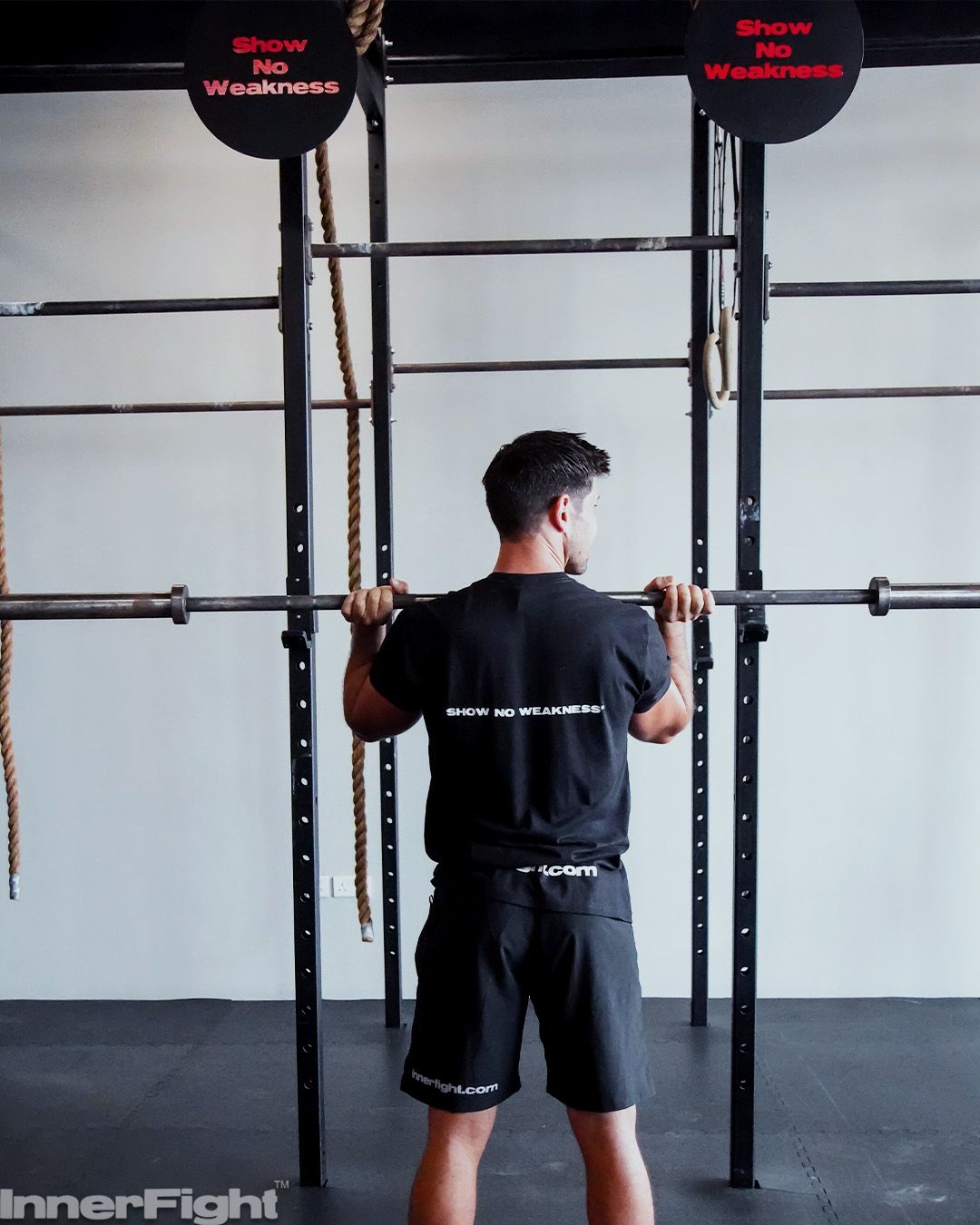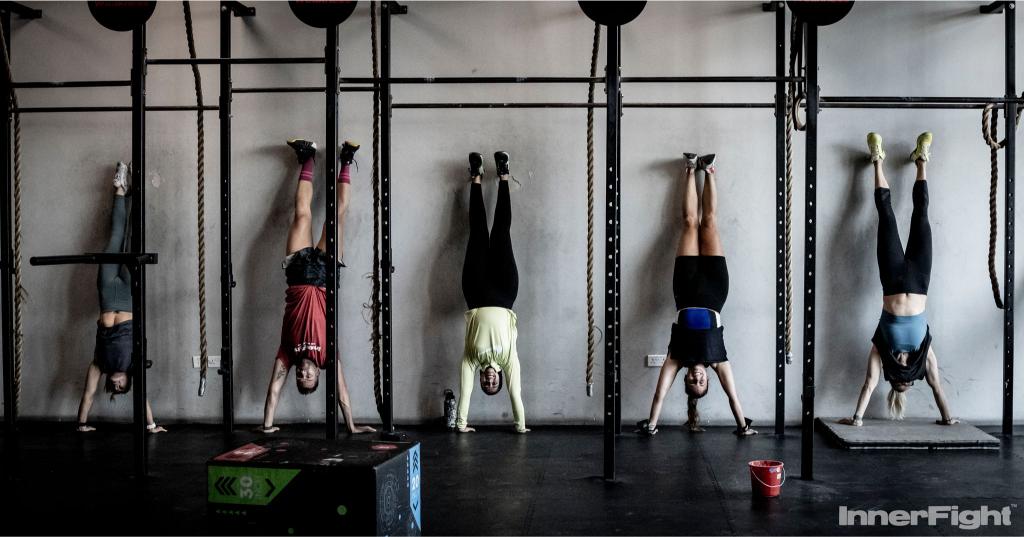Why Children Need to be Physically Active

From the time a child is born, they begin seeking ways to navigate the world around them. They learn to roll, sit, crawl, walk, and run. It’s not just natural for a child to be physically active – it’s essential.
In their early years, children develop skills such as jumping off of the curb, climbing into their parents’ bed, and balancing as they walk along the garden wall. Soon they are soaring through the air on a swing, confidently scaling a jungle gym, or effortlessly dribbling a ball down the field.

These seemingly simple actions represent a powerful foundation: physical literacy. Just like literacy with words opens doors to communication and knowledge, physical literacy equips children with the skills and confidence to actively engage in movement throughout their lives.
Why Children Must Develop Fundamental Movement Skills
Physical literacy is about more than just being active. It’s about understanding how the body moves and mastering fundamental skills like running, jumping, throwing and catching. It’s also about developing a love for exploring the world through movement.
More than just athleticism, it's about the competence, confidence, and motivation to enjoy various physical activities for life.
5 Benefits of Childhood Physical Literacy
The benefits of a physically literate childhood go far beyond the playground:
#1 – Physical Health
Regular physical activity strengthens bones and muscles, reduces the risk of chronic diseases, and promotes overall well-being.
#2 – Cognitive Development
Exercise boosts brain power, improving memory, attention, and academic performance.
#3 – Mental Health
Physical activity is a powerful tool for managing stress, anxiety, and depression.
#4 – Social Skills
Engaging in activities fosters teamwork, communication, and cooperation, building valuable life skills.
#5 – Lifelong Habits
A positive introduction to movement in childhood fosters a love for physical activity, setting children on a path toward healthier lifestyle choices.
How to Help Your Child Become Active
Research shows that many children lack these basic movement skills, hindering their enjoyment and participation in physical activities. So, how can we cultivate a generation of physically literate children?
#1 – Start Early
Encourage movement through exploration, time at the playground, and age-appropriate activities.
Related: Exercise & Strength Training for Children at InnerFight
#2 – Provide Opportunities
Offer varied exposure to a wide variety of physical activities: different sports, games, and outdoor activities, catering to a variety of abilities.
#3 – Focus on Fun
Make physical activity enjoyable by creating a positive and inclusive environment where children feel safe to explore and experiment.
#4 – Lead by Example
Be an active role model and engage in physical activities with your children regularly.
Final Thoughts
By prioritizing physical literacy, we empower children to unlock their full potential. We equip them with the tools to navigate the world confidently, embrace healthy habits, and experience the joy of movement throughout their lives.
Fun - Honesty - SIMPLICITY - Smash Life - Mental Toughness - Hard Work




.jpg)
.avif)


.jpg)
.jpg)
.avif)

